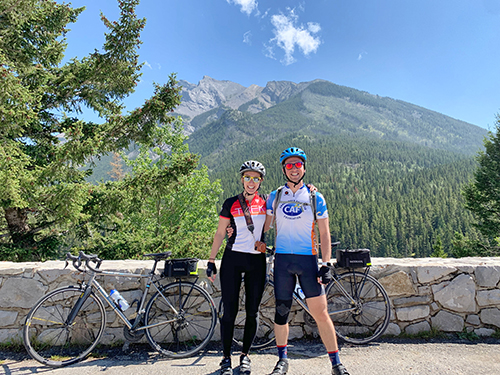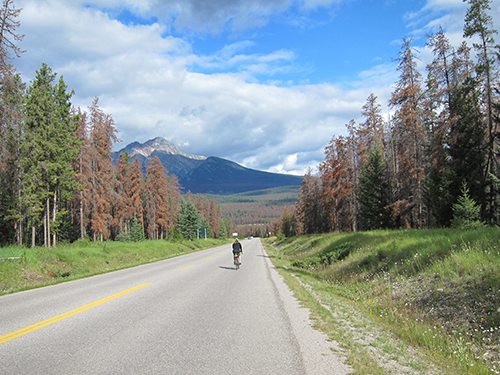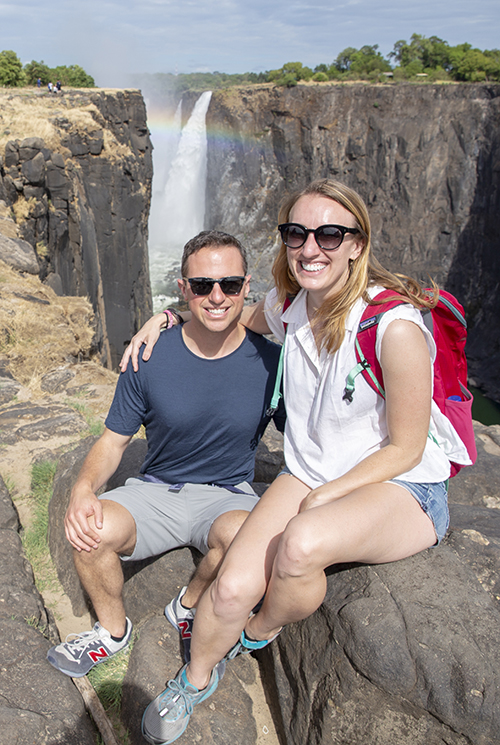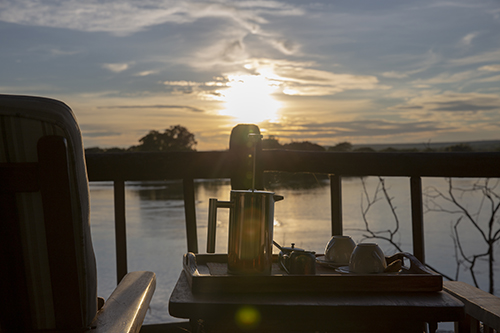One of the many reasons that Malta became a destination for us this winter is how they celebrate the holidays. Many Christmas traditions in Malta happen outside the home. Not only does everyone attend a Midnight Christmas Mass, but many then follow it up with an early breakfast at a local restaurant. Christmas lunch is then also frequently enjoyed out. We pass by many a restaurant full of tables reorganized to accommodate large families cheerfully clinking glasses.
Not to be outdone by the Maltese, after a Christmas Eve feast at our Xara Palace Hotel, we pop into three Masses on Christmas Eve, most of which are not in English so we soak up the atmosphere more than the sermons. The last Mass we enter right at the end to admire another beautifully decorated church, and we time it just perfectly to be handed a honey ring (a traditional Maltese pastry). A couple of the locals spot us and give us the thumbs up.


After Mass, we haven’t quite worked up another appetite, but it’s time for Early Christmas breakfast. This is actually a thing in Malta. We enjoy orange juice, tea, mulled wine, and a full buffet breakfast around 2am in the morning surrounded by families young and old. And finally, because we’re still not fully stuffed, Christmas lunch the following day has a very similar appeal. Lots of families feasting out!
Along with the specific Christmas Eve and Christmas Day traditions, Malta and Gozo are fully decorated for the occasion. The streets are lit up, Christmas trees a plenty, and cribs with manger scenes. On the nearby island of Gozo, we even swing through a real-life Bethlehem complete with animals, bakers, a well, boat rides, and a manger scene with a baby Jesus. Malta knows how to do Christmas.


















































